A Short History of Built-in Furniture
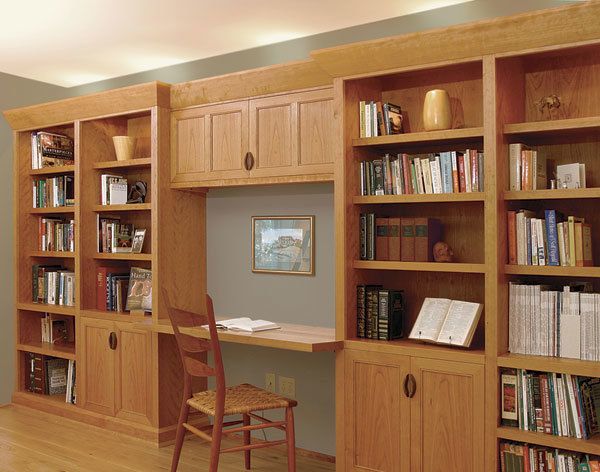
Although strictly an oxymoron, since by definition “furniture” in the woodworking sense is generally understood to refer to movable pieces, the term built-in furniture may be taken to mean fixed architectural elements that provide the same function as their movable namesakes. Sometimes, indeed, the term may refer to a separate piece of furniture that has been fixed in place and which now employs part of the surrounding architecture as an integral part of its construction, such as a wall that forms the back of a built-in cabinet.
The concept is not new, the earliest examples being wall benches, settles, and aumbries that date back to the Middle Ages, all originally built as architectural features, but which subsequently developed into stand-alone pieces of furniture.
Examples of contemporary furniture that may be usefully designed as built-in furniture include various shelving (see Cupboards), beds, benches, bookcases, cabinets, mirrors, and entertainment centers. Fireplace mantels can also be categorized as built-in furniture, in the sense that these can be constructed with the same joinery and tool techniques as a free-standing piece of furniture.
Note that some built-in furniture can by definition only exist as such, for example, window seats and closets.
Graham Blackburn is a furniture maker, author, and illustrator, and publisher of Blackburn Books (www.blackburnbooks.com) in Bearsville, N.Y.



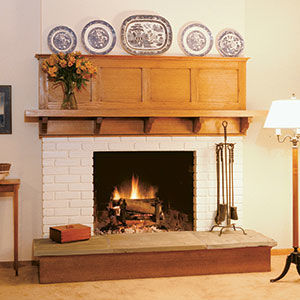





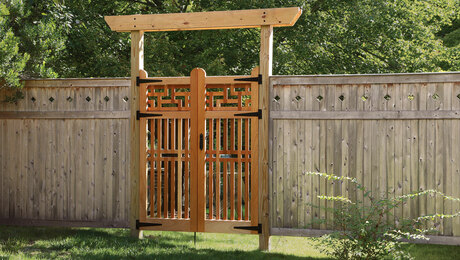
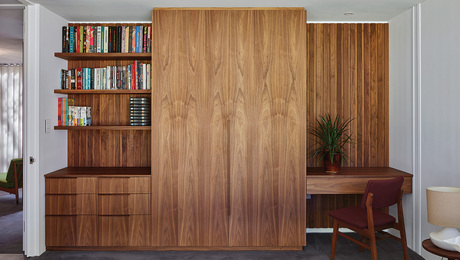
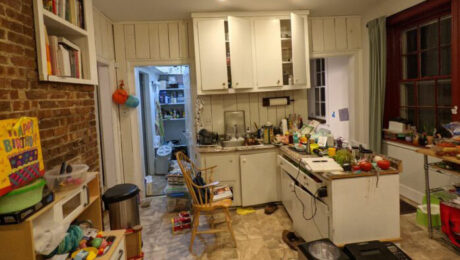








Log in or create an account to post a comment.
Sign up Log in